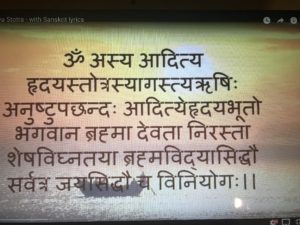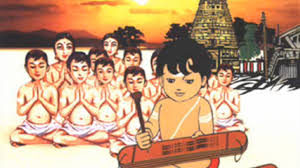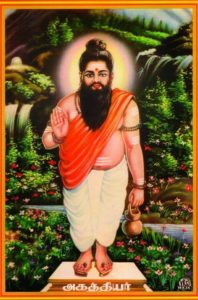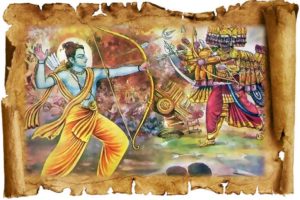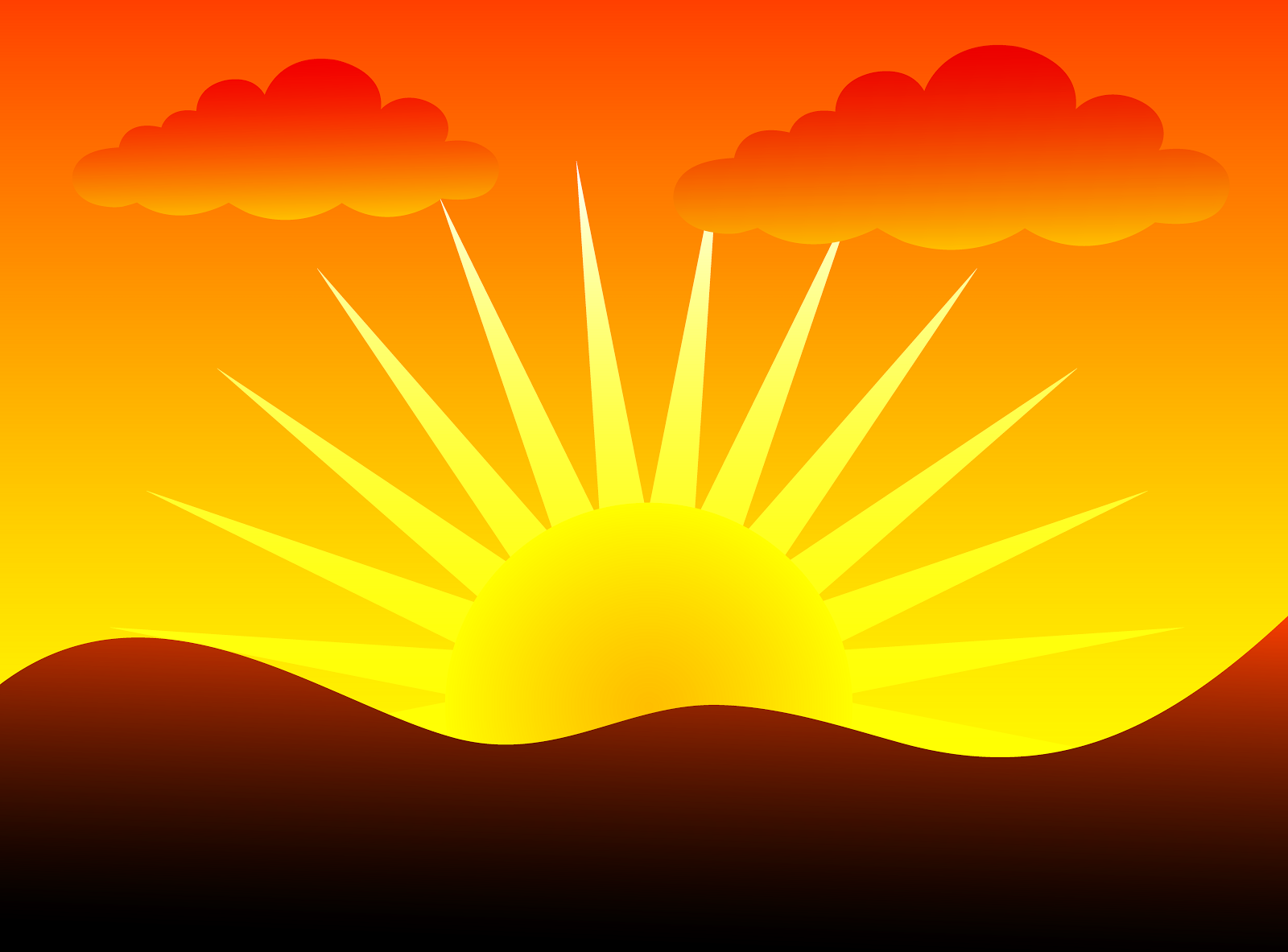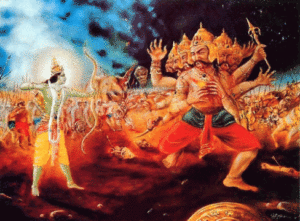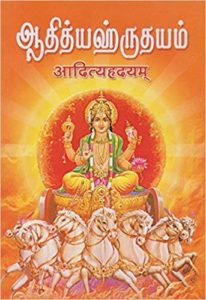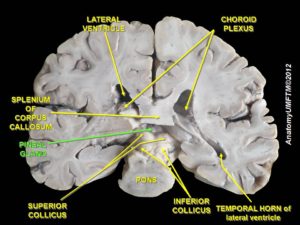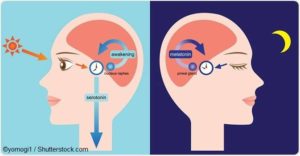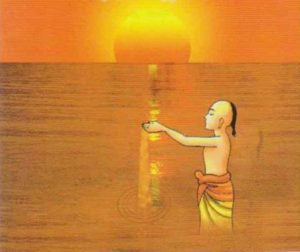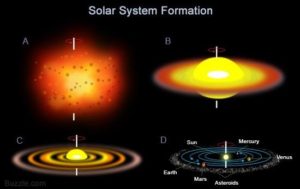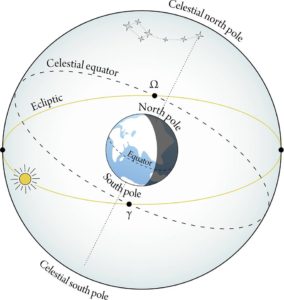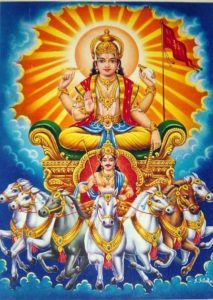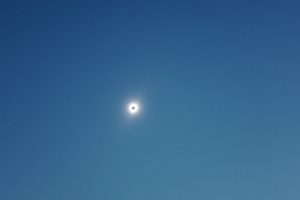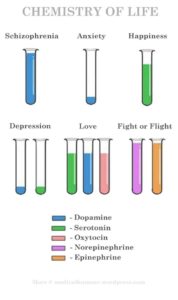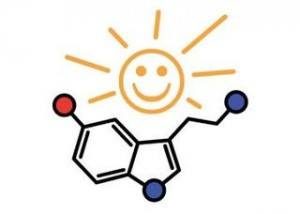Method Of Chanting Aditya Hrudayam
Chanting Shlokas
taj-japaḥ tad-artha-bhāvanam
Meaning:
Japam is a repetition of Mantra that which is fully understood and recited with devotion.
Chanting Shlokas or mantras in general has two important underlying elements:
- Understanding the meaning (artha)of what is being chanted and why it is being chanted
- Reciting the Shloka with full emotion (bhavanam).
Both the brain and heart are to be involved – brain in understanding what is being recited and heart by bringing in feelings of love and devotion from an emotional aspect. Aditya Hrudayam is no exception. It is a very powerful mantra and fully effective when chanted the proper way rather than as a plain memorization and dry muttering of words.
Warm-up
To that end, there is a sequence of four small steps to be followed before starting the actual chant. These steps help to bring the full focus of the mind and heart to the chant. As a matter of fact, all mantras have these steps not just Aditya Hrudayam. Depending on the Shloka the wordings might change but the steps are common. So, the next couple of weeks let us briefly look into these steps in a simplified way before moving on to the Shlokas. Even if we don’t follow all these steps it is good to at least to know what they mean and why they need to be followed.
These four steps are:
- Sankalpam (Intent)
- Viniyoga (Use or Application)
- Nyasa (Invocation)
- Dhyana (Prayer)
As for myself, I start with Salutations to Guru, Ganesha, & Goddess Saraswathi then do Sankalpam & Viniyoga, skip Nyasa & Dhyaanam and proceed straight to the chant. There are a few reasons for that . For one, Sankalpa and Viniyoga are very simple and straight forward. Two, for my level of divinity these simple steps are just as effective and good. And finally, due to practice as I start chanting Viniyoga automatically my mind diverts its full focus and attention to the chant irrespective of the surroundings. So, as long as one has a good understanding of the meaning and chanting with full dedication and devotion it is up to the individual to choose or skip some of these steps.
SANKALPAM (Goal)
Sankalpam simply means intent or resolve. It is usually done before any Pooja or Vedic ritual. It is very similar to declaring an objective before starting a science experiment. It declares the purpose of chanting the Shloka. The Shloka should be chanted only after Sankalpam. Through Sankalpam we inform the gods what we are going to chant and what we expect in return for our efforts.
For Aditya Hrudayam Sankalapam is as follows:
mama chinthitha manoratha avaapthyartham
aditya hrudhaya sthothra mahamantra
japam karishyae
Meaning:
Mama – My
chinthitha – thoughts
manoratha – desires
avaapthyartham – fulfillment
aditya hrudaya sthothram – aaditya hrudaya shloka
maha mantra – great mantra
japam – mutter in a low voice
karishye – I shall do
For the purpose of obtaining my intentions and heart’s desires I chant Aditya hrudaya maha mantra (in a soft voice)
VINIYOGA (Application)
Next comes Viniyoga. Each mantra has a specific structural classification segment called Viniyoga. I consider this to be more like an introductory segment that specifies the title of the Shloka, the Rishi who compiled it, how the Shloka is structured or constructed, whom it is addressed to and what is the specific application or use of the Shloka. In other words it is like a methodology section of a scientific experiment and specifies how to relate the mantra to achieve your end goal. There are three main components in Viniyoga namely – Rishi, Chandas, and Devata. The first line announces the title followed by the name of the Rishi who compiled the mantra. The Rishi is the ultimate authority on everything related to the mantra and therefore recalling the name of the Rishi shows respect and devotion for the chant to be successful. The second component is the Chandas i.e how the mantra has been constructed for a rhythmic chanting. The mantras can be chanted in different musical rhythms and speeds. This component specifies how the mantra has been constructed so it can be chanted at the right rhythm and speed for the vibrations to be beneficial. The third component is Devata, the God to whom the mantra is addressed to get the desired result. Finally, it also states the use of the mantra.
For Aditya Hrudayam Viniyoga is as follows:
Om Asya Sri Aditya hrudaya sthothra maha mantrasya
Agasthyo bhagavaan rishihi
Anushtupchanthaha
Adityahrudaya bhooto bhagwan brahma devata
Nirasthasesha vignataya brahma vidya siddhaou
Sarvathra jaya siddhaou cha jape viniyogaha
Meaning
This is Aditya hrudaya Maha mantram
The Rishi for this shloka is Rishi Agastya
The poetic meter for this shloka is Anushtup*.
The presiding devata for this shloka is Lord Surya Narayana who resides in the heart of Aditya and is present in all beings
This shloka is to be chanted primarily for the purpose of destroying all obstacles, acquiring spiritual knowledge and to achieve success in all our endeavors.
* In Anushtup Chandas each stanza or verse is made of 32 syllables divided into 4 parts (Paadas) of 8 aksharaas (letters)
